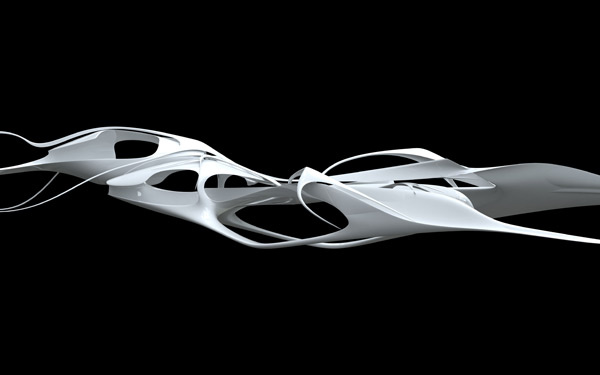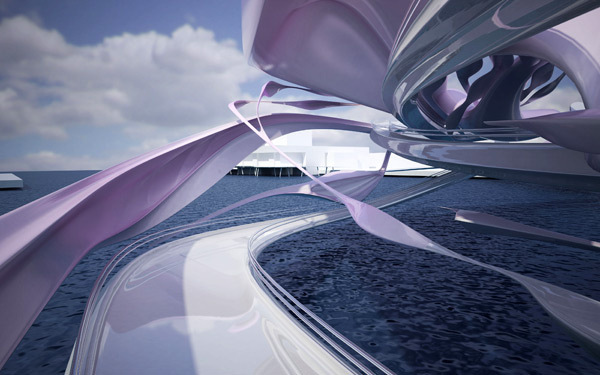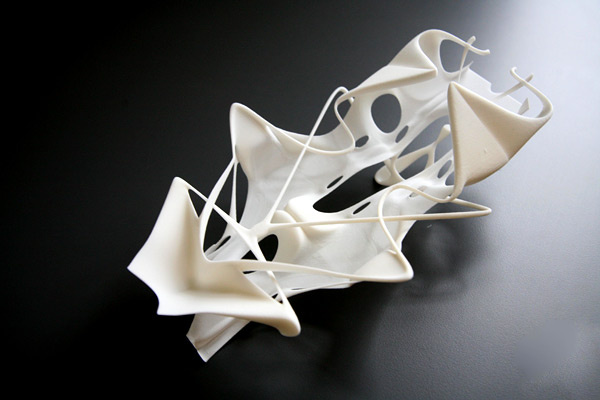Computational Aesthetics (2007)

A workshop collaboration between CITA, Department 2 at the School of Architecture and Yale School of Architecture (Mark Foster Gage)
"Aesthetics: the branch of philosophy dealing with such notions as the beautiful, the ugly, the sublime, the comic, etc., as applicable to the fine arts, with a view to establishing the meaning and validity of critical judgments concerning works of art, and the principles underlying or justifying such judgments."
The "Seminar on Computational Aesthetics" studied the possibility of future relationships between technology, architecture, and the existence of beauty. As an axiom, it was simply accepted that while technology has always influenced the creation of architecture and that architecture’s influence on the viewer is highly contingent on a visual, and aesthetically charged relationship between viewer and viewed.
Open publication - Free publishing

While such aesthetic concerns have been unfashionable for decades, their re-emergence is renewed by dramatic recent advances in form making and material tech-nologies. Simply put, architecture has never been so capable of producing exquisite and stunning forms as it is today. The question we asked, above issues of performance and economics, is how architectures new formal renaissance might enter culture for a new and vibrantly altered 21st century context. What is the role of beauty in architecture? and what is the role of technology in the production of such beauty?


